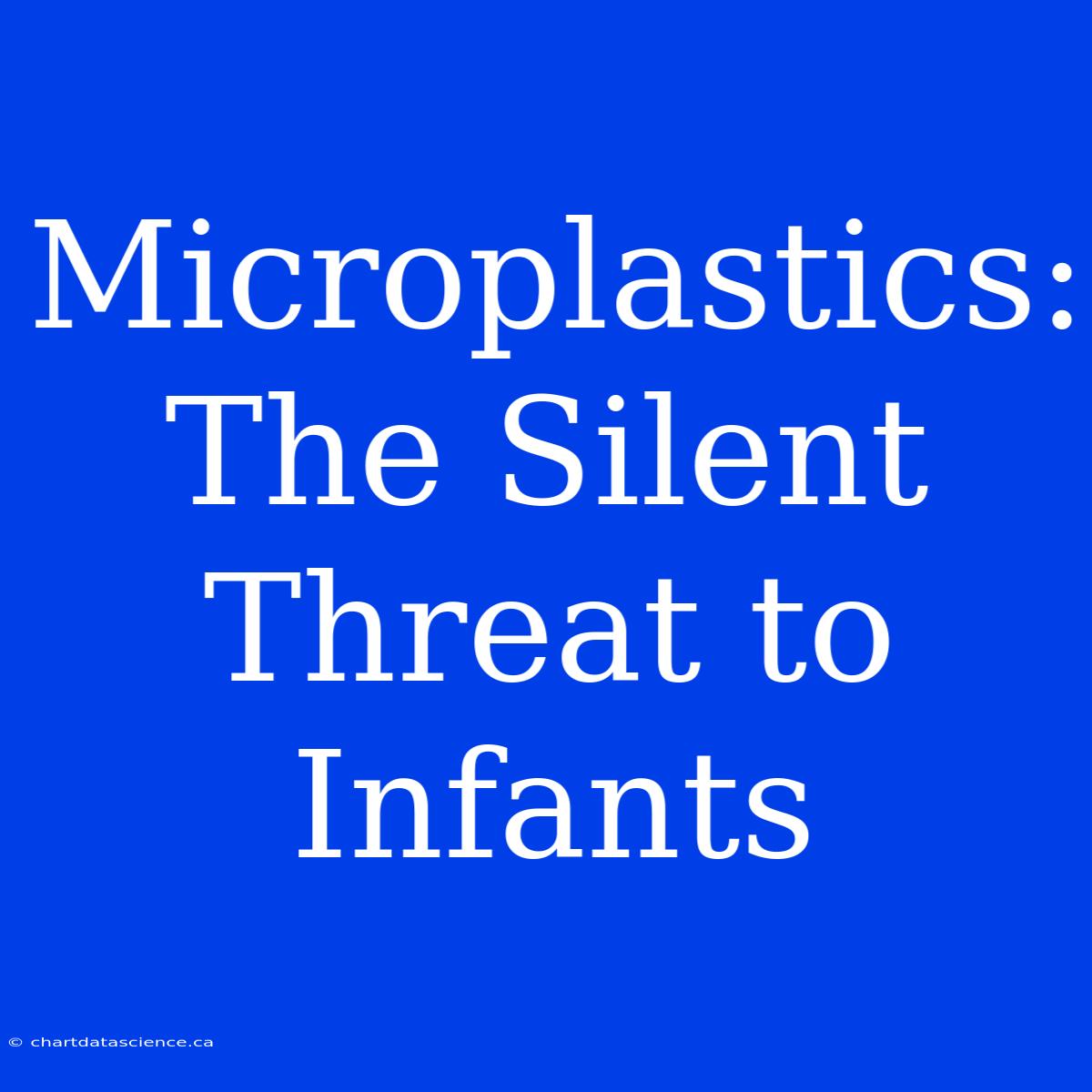Microplastics: The Silent Threat to Infants
Microplastics are everywhere. They're in our food, our water, and even the air we breathe. But what about our most vulnerable population, our infants? Microplastics are a silent threat to their developing bodies, and we need to understand the risks.
What are microplastics? These tiny particles, less than 5 millimeters in size, are created from the breakdown of larger plastic items. They can be found in various forms, from fibers to beads to flakes. And the problem is, they are easily ingested or inhaled.
Why are infants at risk? Infants are particularly vulnerable to microplastics because their organs and immune systems are still developing. Studies show that microplastics can enter the bloodstream, potentially interfering with vital processes and causing long-term health problems.
Here's why we should be concerned about microplastics in infants:
- Impaired development: Studies on animals suggest microplastics can disrupt brain development and affect the immune system.
- Increased risk of allergies: Some research indicates microplastics can contribute to increased allergies, potentially affecting infants' delicate immune systems.
- Hormonal disruptions: Microplastics can mimic hormones in the body, potentially affecting development and growth.
What can we do? It's crucial to take steps to minimize exposure to microplastics for our infants:
- Choose BPA-free bottles and pacifiers: Look for products specifically labeled as BPA-free.
- Wash bottles and feeding utensils carefully: Thoroughly clean and sanitize everything that comes in contact with your infant's food.
- Use cloth diapers instead of disposable ones: Disposable diapers can contain microplastics, so consider using reusable options.
- Avoid using plastic toys for infants: Opt for wooden or silicone toys that are less likely to release microplastics.
- Choose organic foods: While organic food doesn't guarantee complete avoidance of microplastics, it can reduce exposure.
The dangers of microplastics are still being investigated, but the evidence suggests we should be cautious. Protecting our infants from this silent threat is crucial for their health and future.

